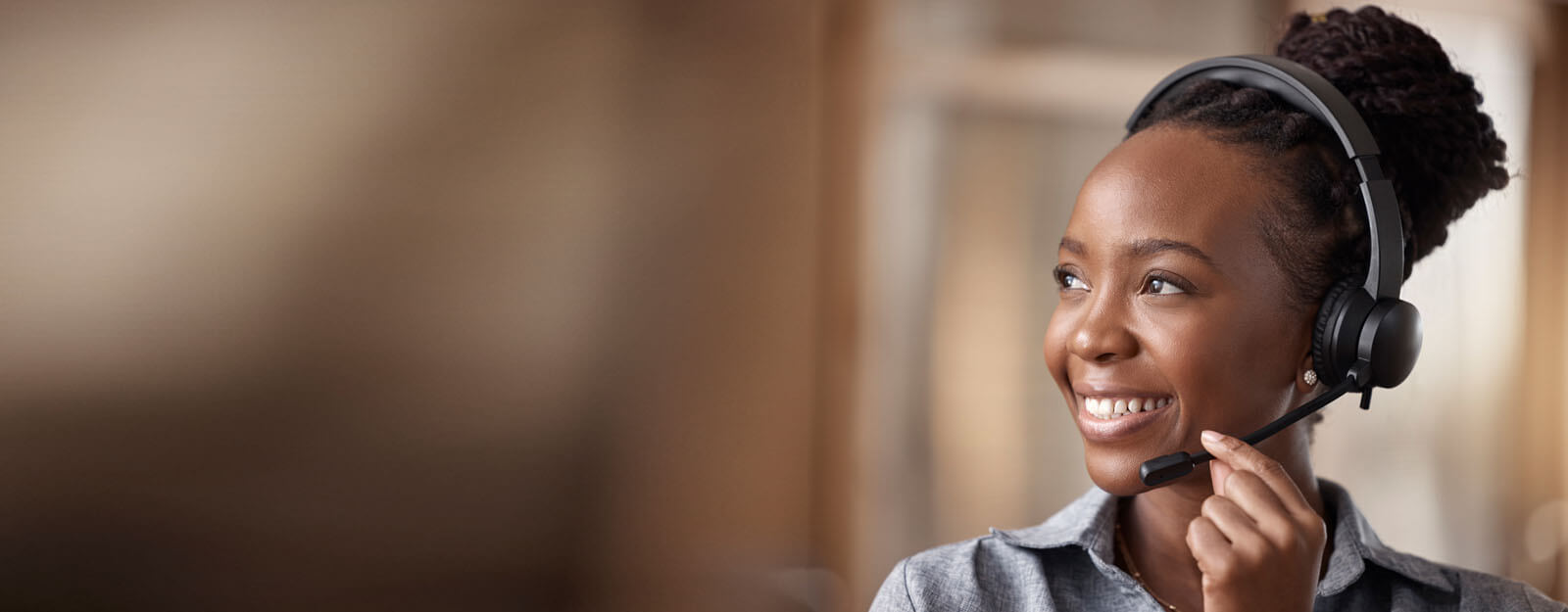All Frequently Asked Questions
How do I know if I have a cross-connection?
Cross-connections can be found in both residential and commercial plumbing systems. Here are examples of where you can look for cross-connections between your drinking water system and non-potable sources on your property: hose bibbs, toilet flush valves, swimming pool fill lines, space heating boilers, landscape irrigation systems, recirculation or booster pumps, and fire sprinkler systems. If you have another source of water to your property, such as a well or pond, that may also be a source of a cross-connection.
Do I have to do anything about cross-connection control?
Property owners are responsible for confirming that air gaps and approved backflow prevention assemblies on the owner’s side of the water meter are properly installed where required within their plumbing systems, maintained, and inspected. Air gaps require annual inspection and assemblies also require annual testing, by certified cross-connection control specialists. This helps to confirm that air gaps and assemblies are functioning properly and continue to protect the drinking water system for you and the community.
What is Cal Water doing about cross-connection control?
At Cal Water, we are complying with the State Board’s new and updated cross-connection control requirements to continue to keep your drinking water supply safe. These requirements incorporate an updated Cross-Connection Control Program, including public outreach and education on backflow prevention and cross-connection control.
We are in the process of performing backflow surveys to determine if certain customers’ properties require backflow protection. We will work with any customers requiring protection to help support the process to install and test their backflow prevention devices.
Why am I hearing about cross-connections now?
In December 2023, the State Water Resources Control Board (State Board), which regulates drinking water in California, updated cross-connection control regulations and adopted the Cross-Connection Control Policy Handbook (CCCPH). The Handbook, which became effective on July 1, 2024, requires water suppliers to provide information to customers regarding backflow protection and cross-connection control. You may see more information on cross-connection control in other materials such as bill inserts and our annual water quality report (Consumer Confidence Report).
Why does cross-connection control matter?
Normally, drinking water flows one way into your property; however, unprotected cross-connections could allow contaminated water from non-potable sources on your property to backflow – or reverse flow – into your drinking water system, impacting your property’s water quality and posing a risk to the drinking water system and public health
What is a cross-connection?
Cross-connections are points in the water system where non-potable water sources – which are unsafe for drinking – on your property could contact drinking water. Examples of non-potable water sources include wash-water in a bucket, swimming pools, landscape irrigation systems, pesticide and fertilizer sprayers, booster pumps, and other appliances and equipment that use water.
How Do I Use Walmart Bill Pay?
Customers who want to pay their bill in person can do so at any Walmart location using Walmart Bill Pay. Walmart Bill Pay is available during Walmart’s normal business hours, and even if you pay your bill at night or on the weekend, your payment will be credited to your account immediately.
Using Walmart Bill Pay is easy. To pay your Cal Water bill:
- Go to any Walmart MoneyCenter or Customer Service Desk during normal business hours.
- Let the Walmart associate know that you want to pay your Cal Water bill with Walmart Bill Pay using WMBP as the payment provider.
- Provide your Cal Water account number.
- Tell the associate how much you would like to pay and pay your bill using either cash or a debit card. (A transaction limit of $1,500 applies.)
- Receive your receipt.
You can find your nearest Walmart using the Walmart store finder.
How do I prepare for a planned water outage?
In advance of the work being done, you may wish to fill a few sanitary containers and pitchers with water for drinking purposes. Filling a bucket or your bathtub with water can be useful for household purposes such as toilet flushing. After this work has been completed and water service has been restored to your home, as a precaution we advise before using water inside, please run your outside hose bib until the water is clear. This is to prevent any discolored water from entering your faucets and fixtures and to evacuate air from your service line.
